National parks celebrate 100th birthday
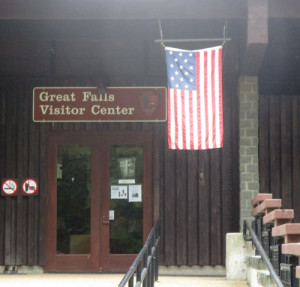
The National Park Service is commemorating its centennial this year and invites Americans (and people around the world) to visit its many sites. When you do, you’ll spot plenty of flags.
It happened recently to a family that stopped by Great Falls Park in Virginia, just a few miles from Washington, D.C. They spied a 15-star American flag on the welcome center. Inside, park rangers explained that the banner reflects the age of the park’s site, which dates back to when George Washington and others in the 18th century foresaw how the Potomac River could be used as a transportation canal.
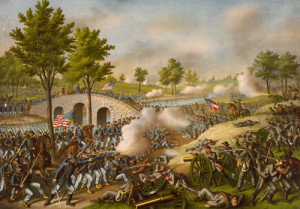
The NPS, which has been overseeing the park for 50 years, said that the location is where “the Potomac River builds up speed and force as it falls over a series of steep, jagged rocks and flows through the narrow Mather Gorge….Great Falls Park has many opportunities to explore history and nature, all in a beautiful 800-acre park.”
Searching for “flag” on the NPS website (www.nps.org) turns up many ways the agency is involved in preserving places where banners waved. An example is the Antietam battlefield. The story of the Civil War site includes details about the symbolic and practical values of banners. “A unit’s flag,” the Park Service explains, “served important functional purposes on a battlefield. One of the most important functions was to help tell the two armies apart.”
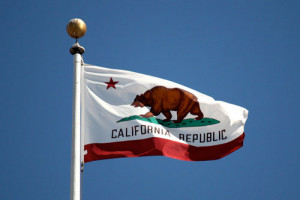
The NPS also relates the story of the Bear Flag Revolt 170 years ago in California. After local forces defeated Mexico’s army, “it was necessary to design a flag to replace that of Mexico,” the Park Service notes on its website. “The central feature…became a grizzly bear….Because of their flag, the insurgents immediately became known as the Bears and their uprising became known as the Bear Flag Revolt.”
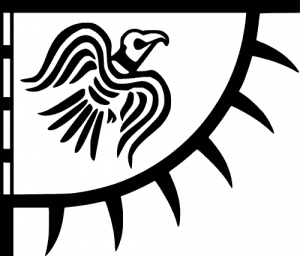
Since before Columbus’s time, the Americas have seen flags. “The Vikings carried a flag which bore a black raven on a field of white” when they came to North America, the NPS recounts. In 1492, when Columbus arrived in the Caribbean, his ships flew the Spanish flag with its “two red lions on two white fields and two yellow castles on two red fields.” Later, “the Dutch brought their own striped flags when they settled in New Amsterdam, which we now call New York.”
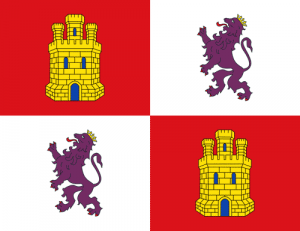
Of course, the NPS has its own flag, made up of its arrowhead-shaped logo on a green background. The logo’s images include a bison, a snow-covered mountaintop, a pine tree and a lake, all reflective of the natural beauty of the United States.
While the Park Service has been marking its 100th year throughout 2016, it targets August 25 as a key date to remind Americans that the centennial is about looking back and forward.
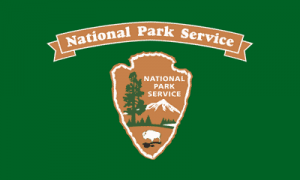
“It is really about the future,” says the NPS website. “It’s about kicking off a second century of stewardship for America’s national parks….We want people everywhere to embrace the opportunities to explore, learn, be inspired or simply have fun in their 407 national parks.”
(The NPS invites everyone to visit its parks during 2016. On three days, they can do so free of charge: August 25, its anniversary date; Sept. 27, National Public Lands Day; and Nov. 11, Veterans Day.)
